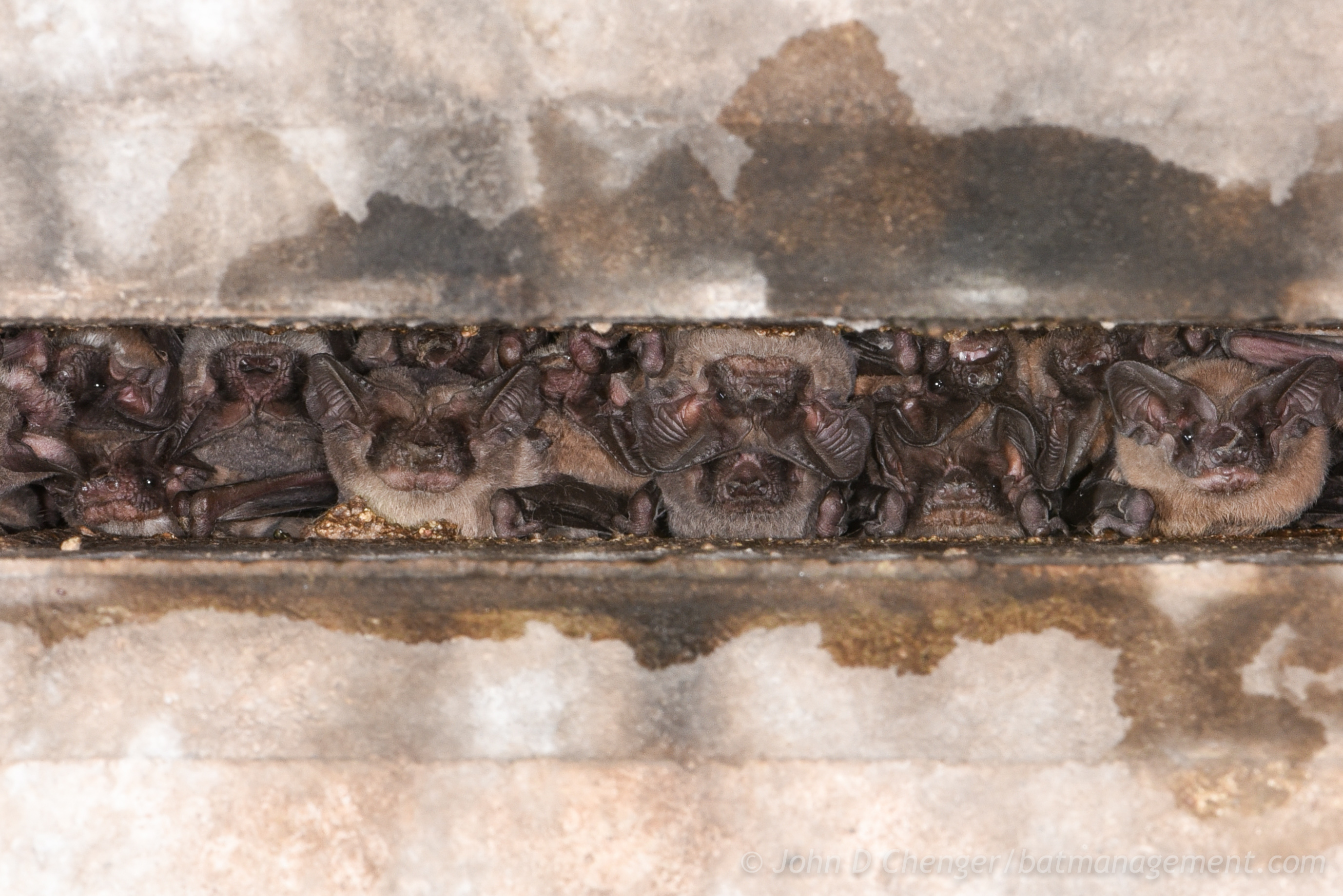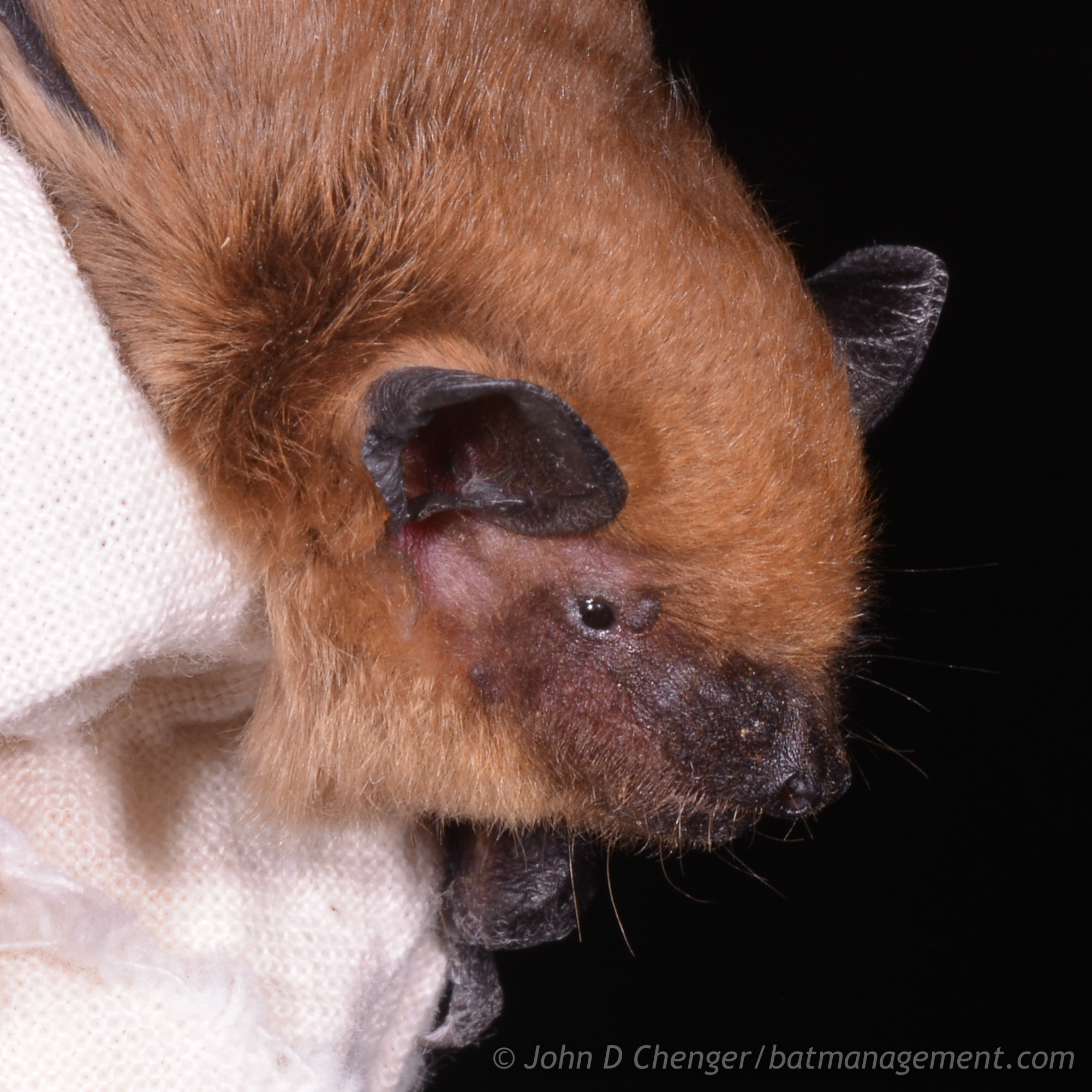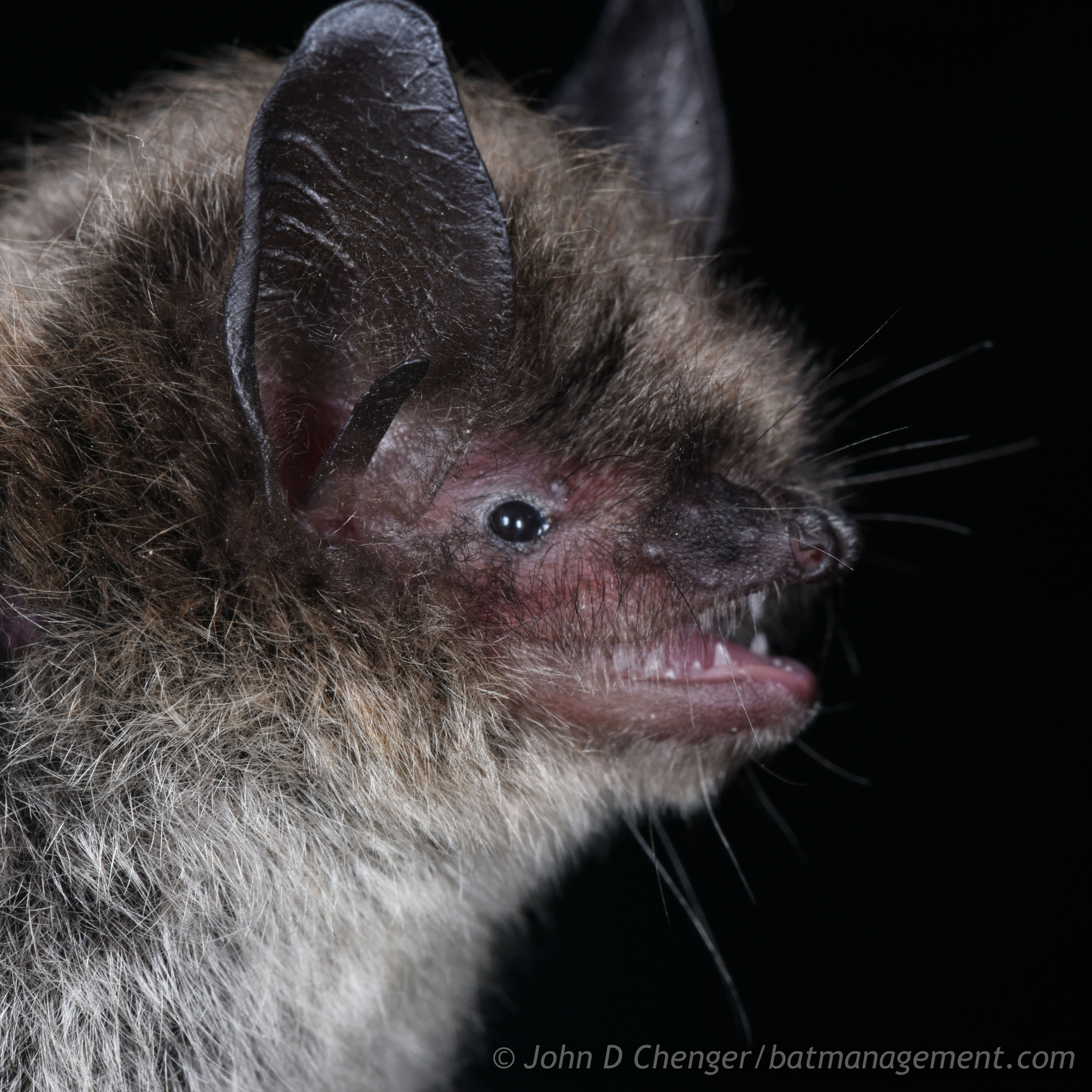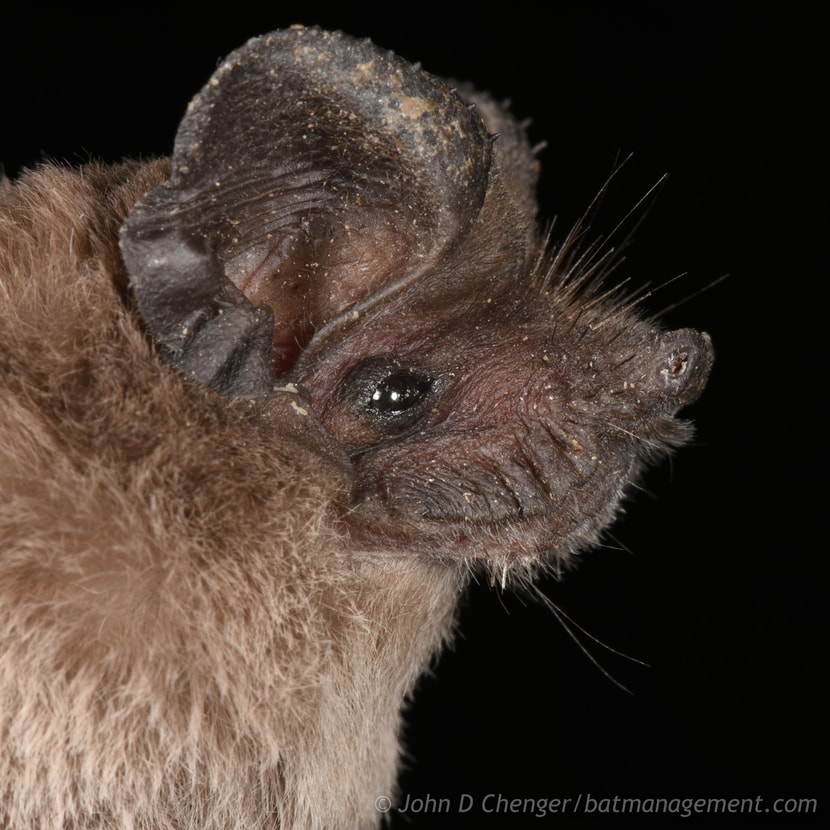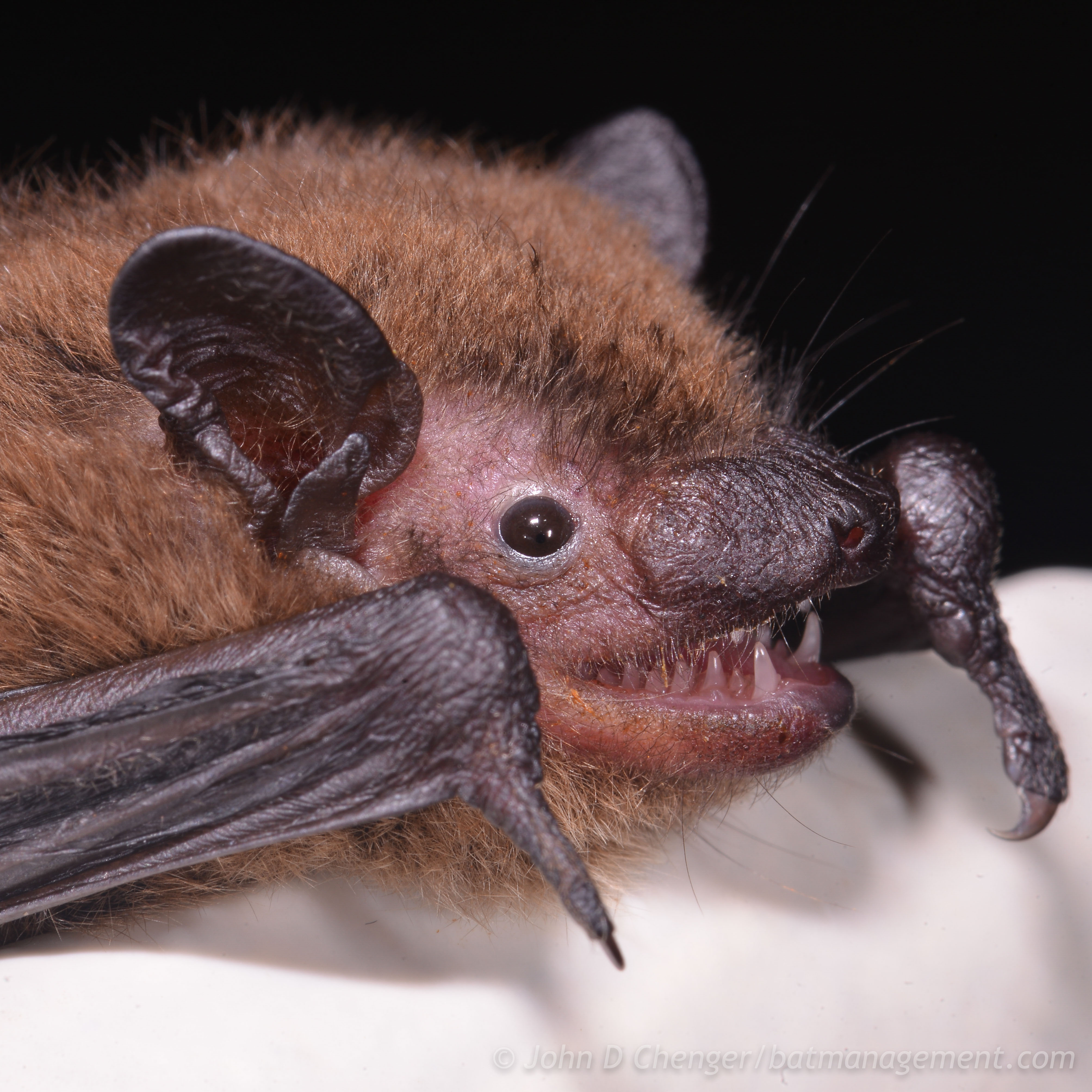
Evening Bat
Nycticeius humeralis
Evening bats are found throughout the Southeast & East-Central US.
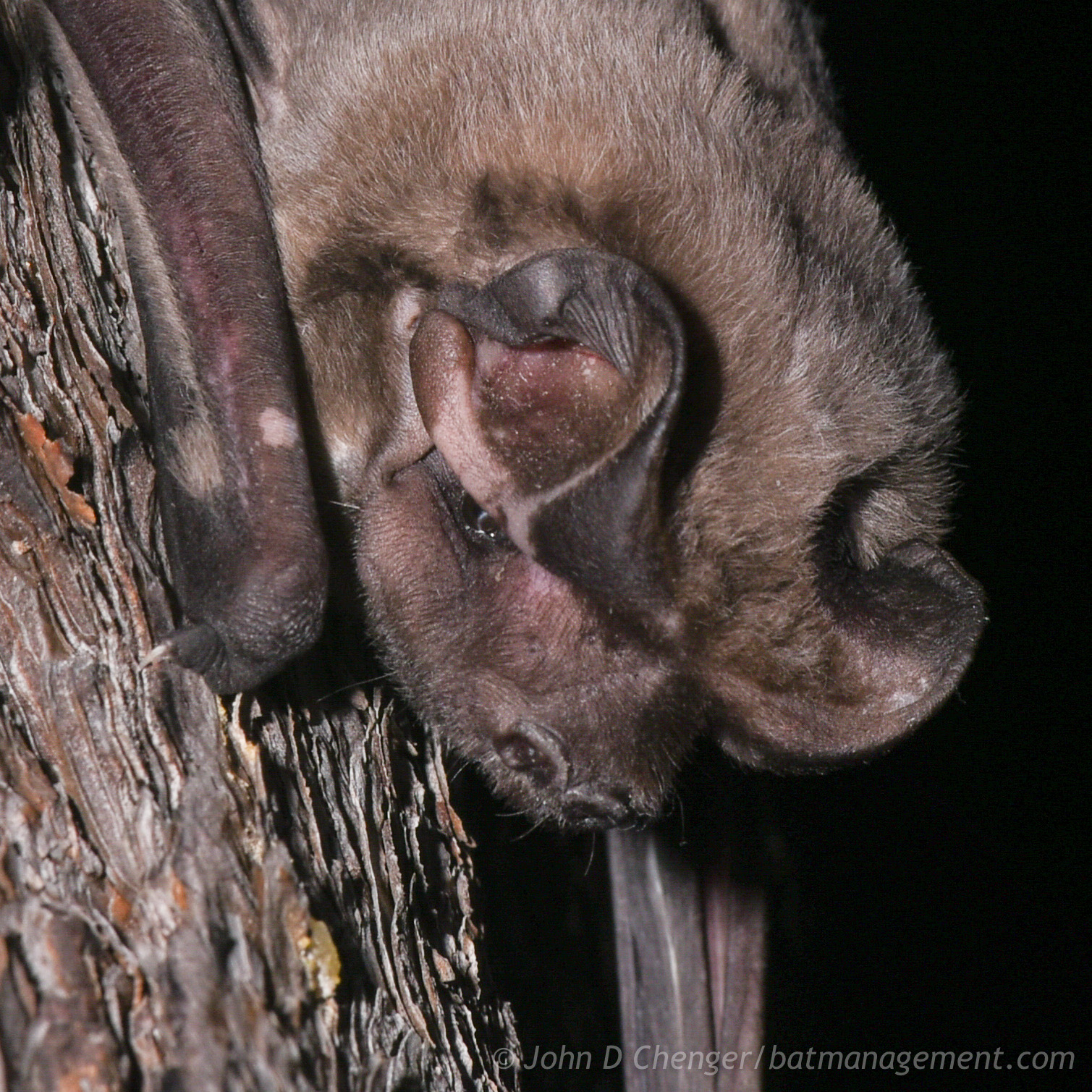
Florida Bonneted Bat
Eumops floridanus
Found in South Florida, this is the largest bat in the US.
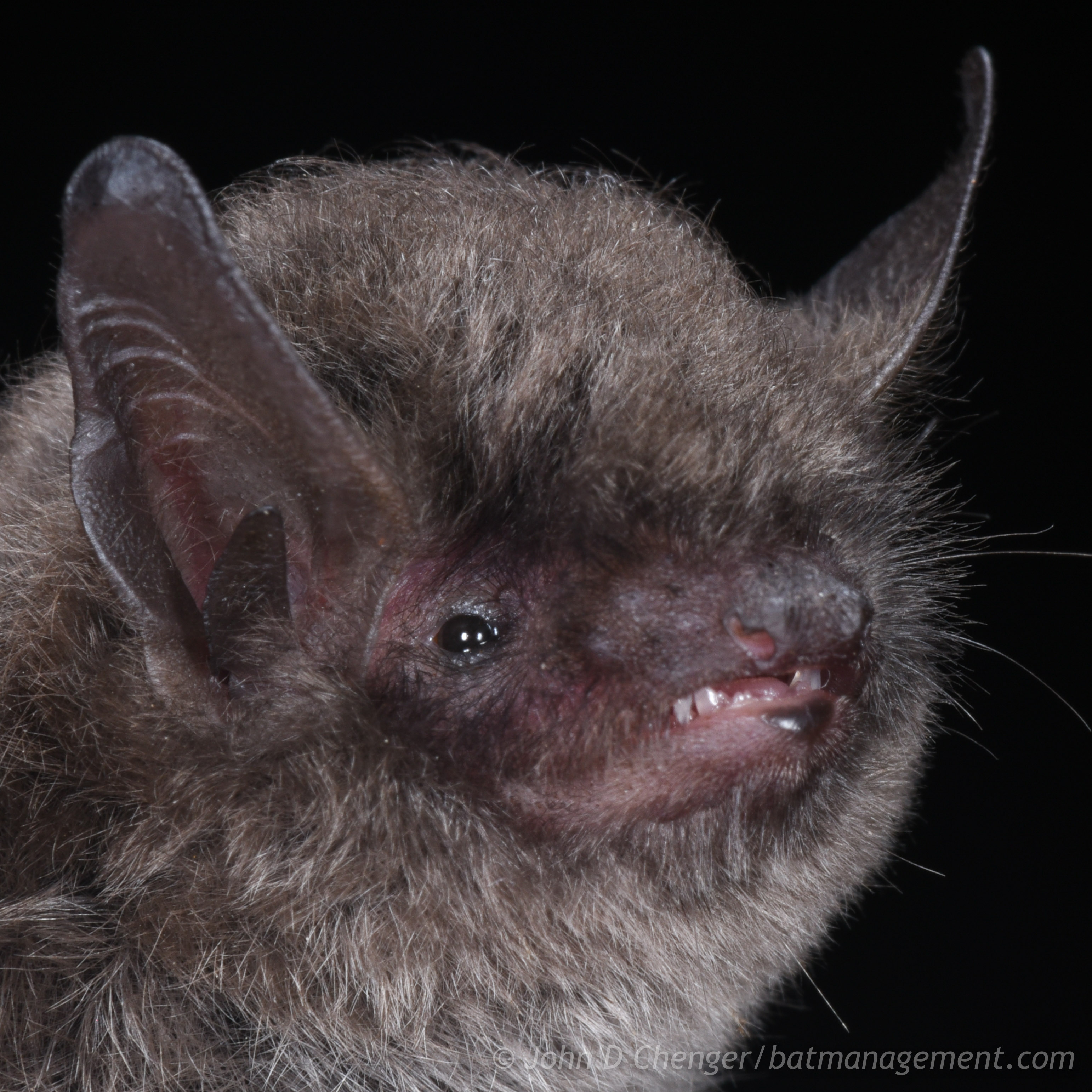
Indiana Bat
Myotis sodalis
Federally endangered, this bat is known to use bat houses in the Eastern US.
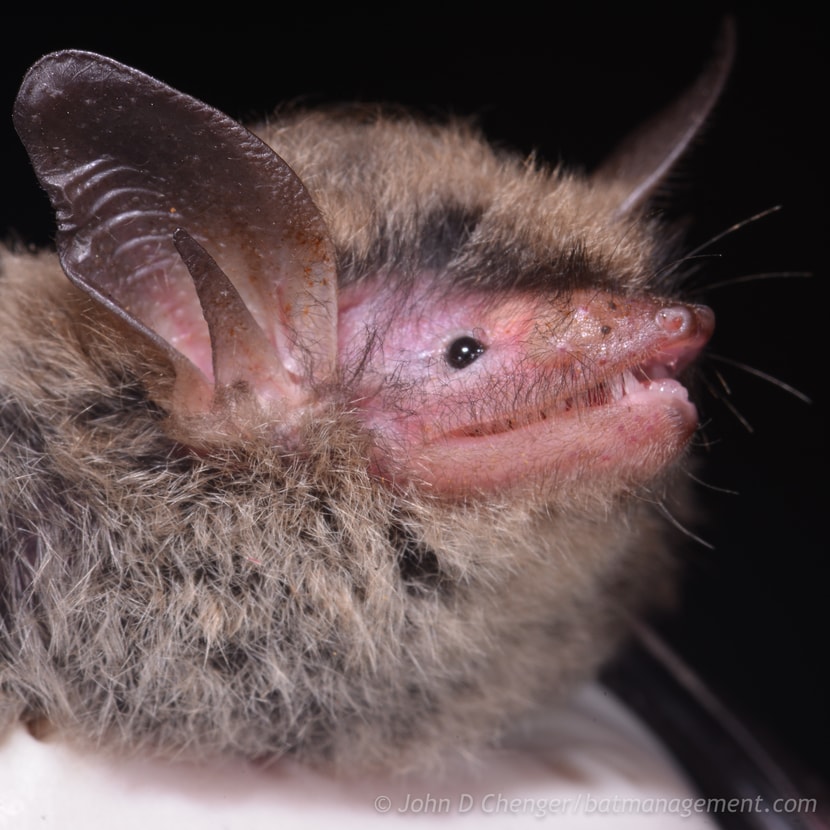
Northern Long-Eared Bat
Myotis septentrionalis
This federally-endangered bat is widespread in large Eastern US forests.
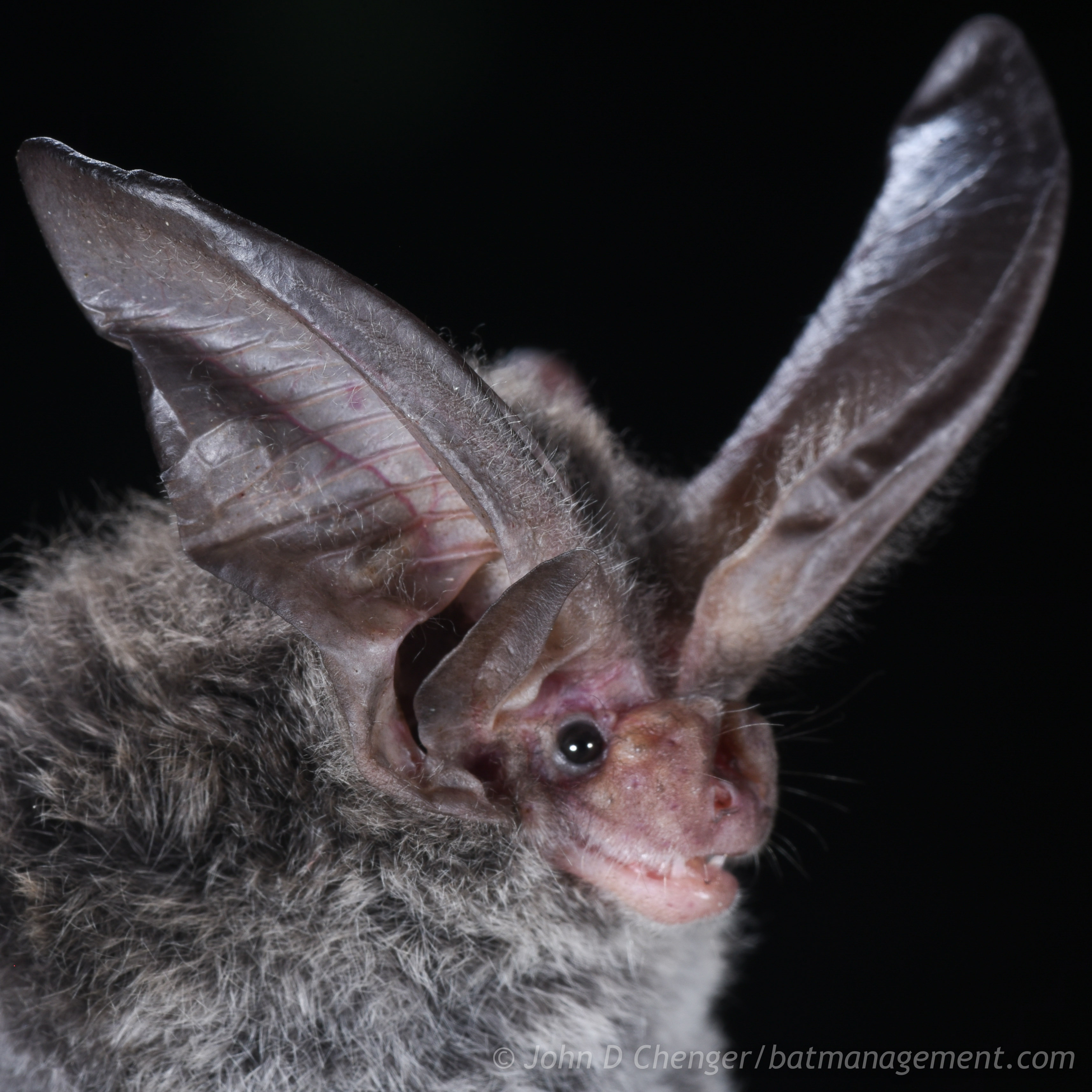
Rafinesque's Big Eared Bat
Corynorhinus rafinesquii
This bat is a cave specialist in the Southeastern US.
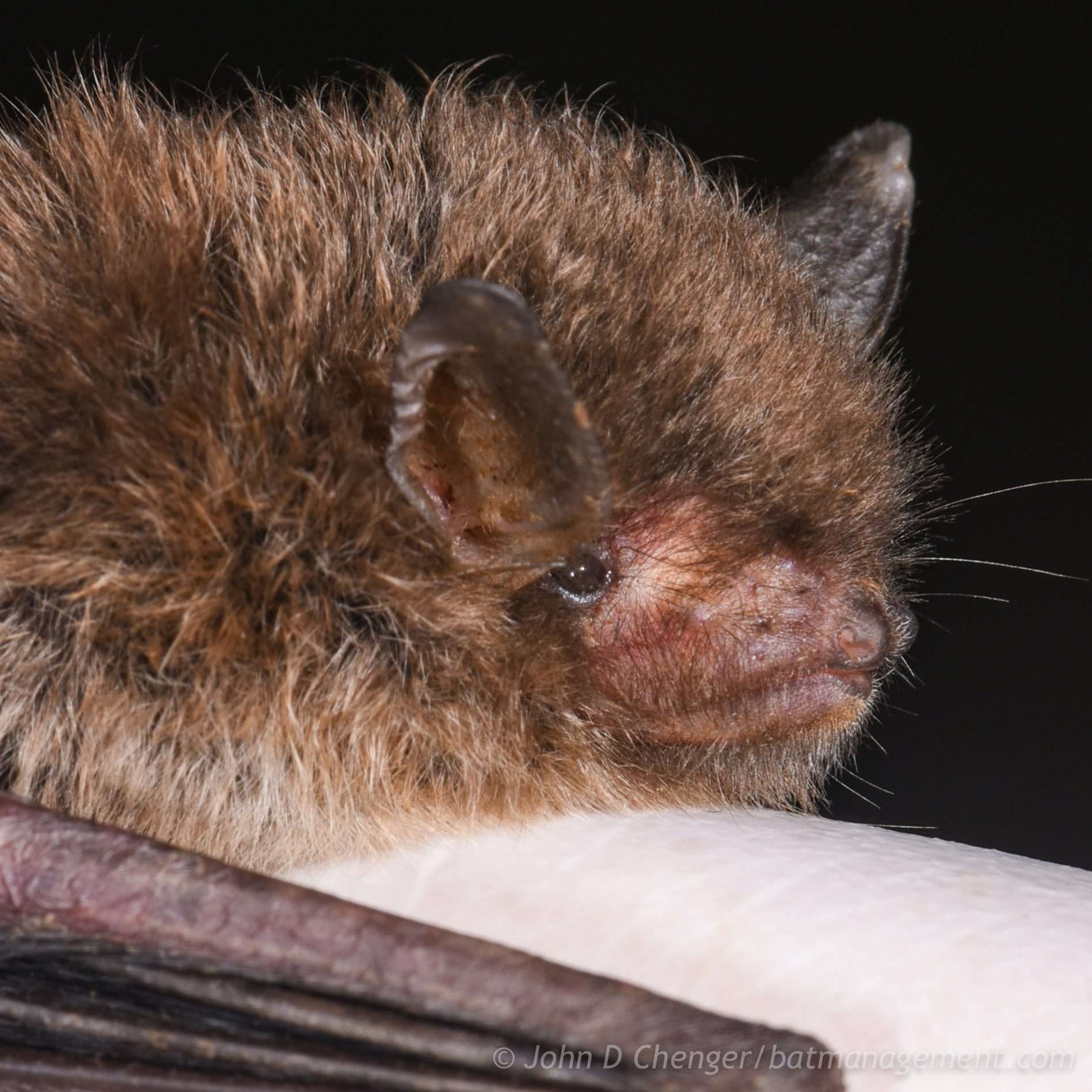
Southeastern Bat
Myotis austroriparius
The bat forms large colonies in the Southeastern US.
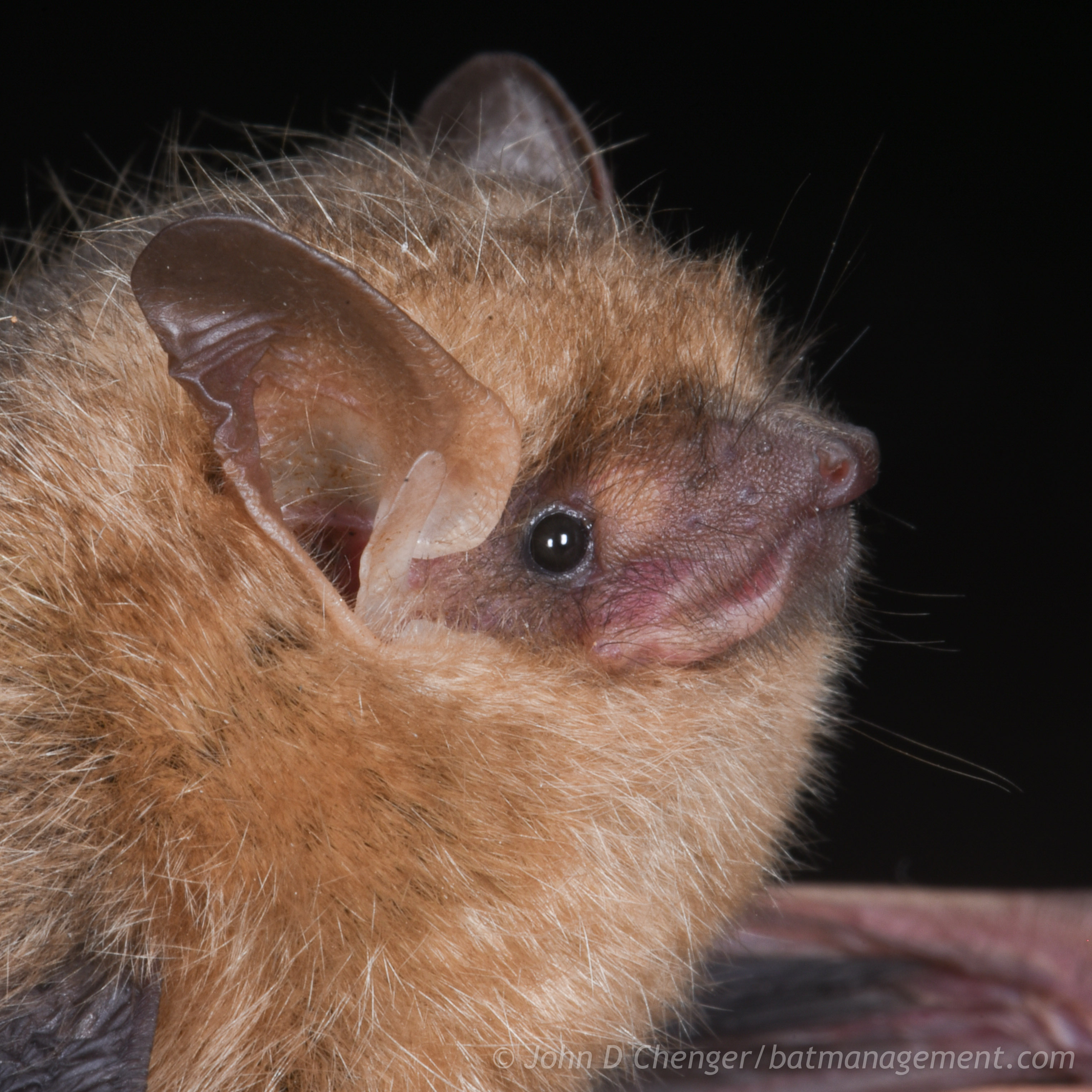
Tri-colored Bat
Perimyotis subflavus
Tri-colored bats are widespread across the Eastern US.
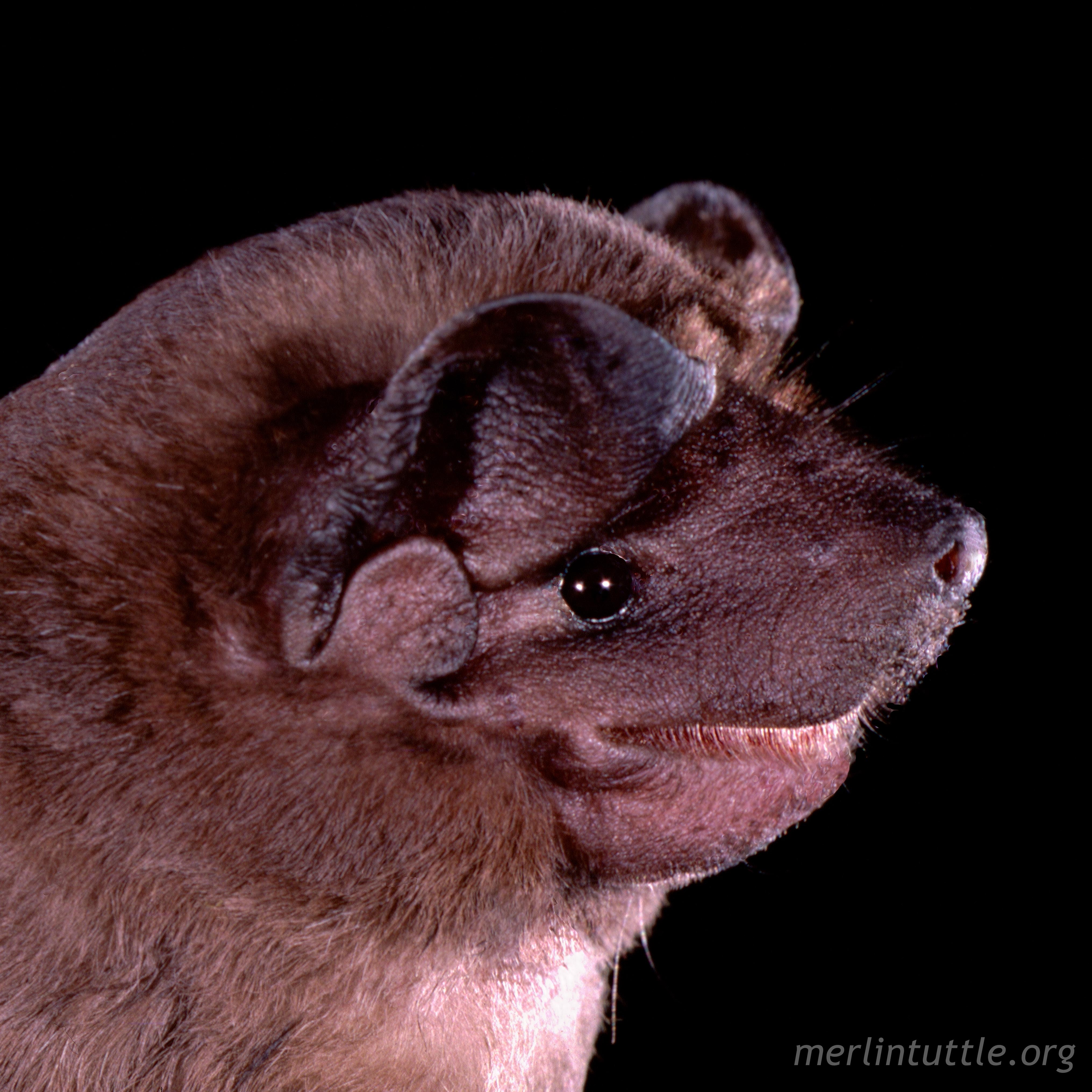
Velvety Free-Tailed Bat
Molossus molossus
This sub-tropical bat can be found in the Florida Keys and the Everglades.
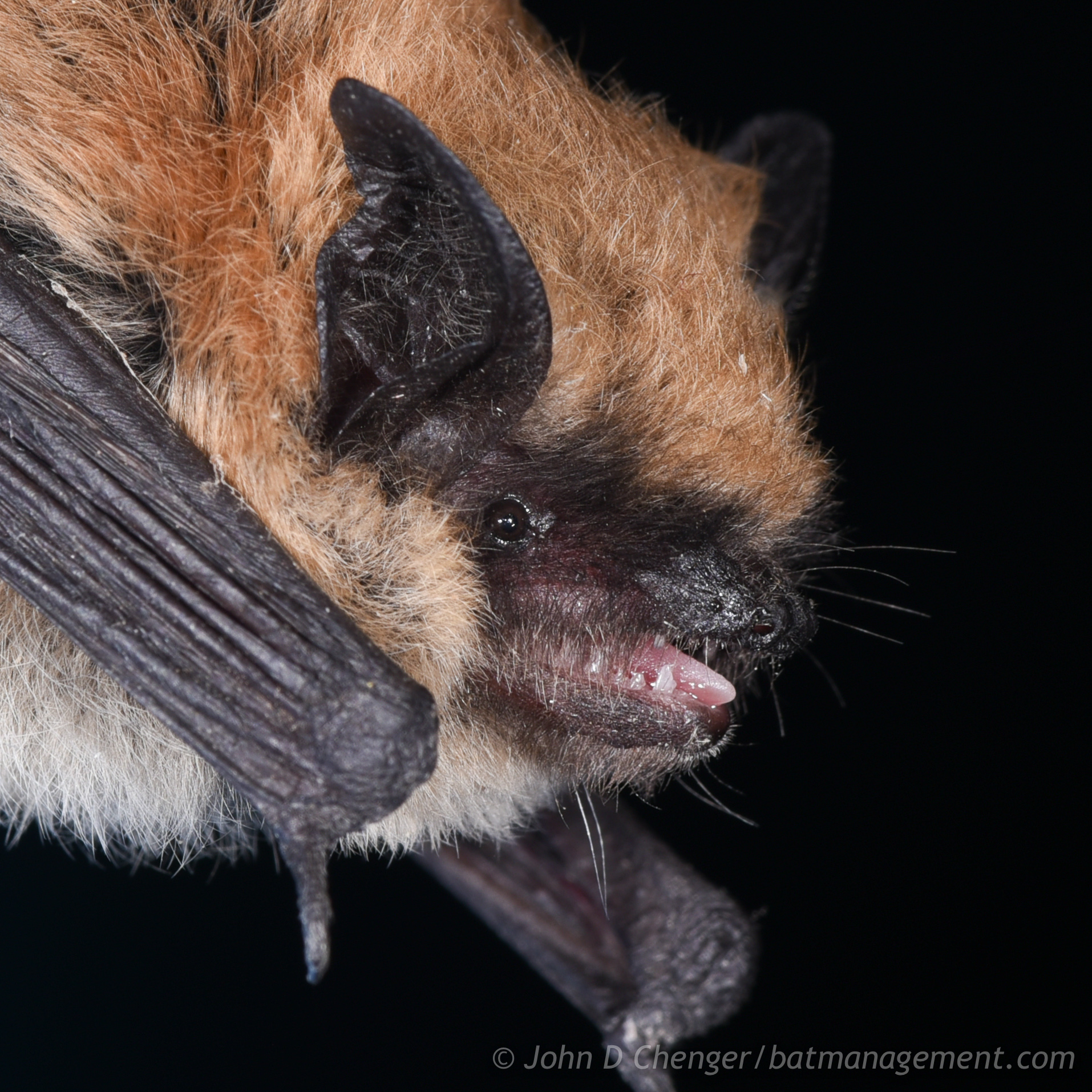
California Myotis
Myotis califoricus
This bat is widespread in far western states and Canada.
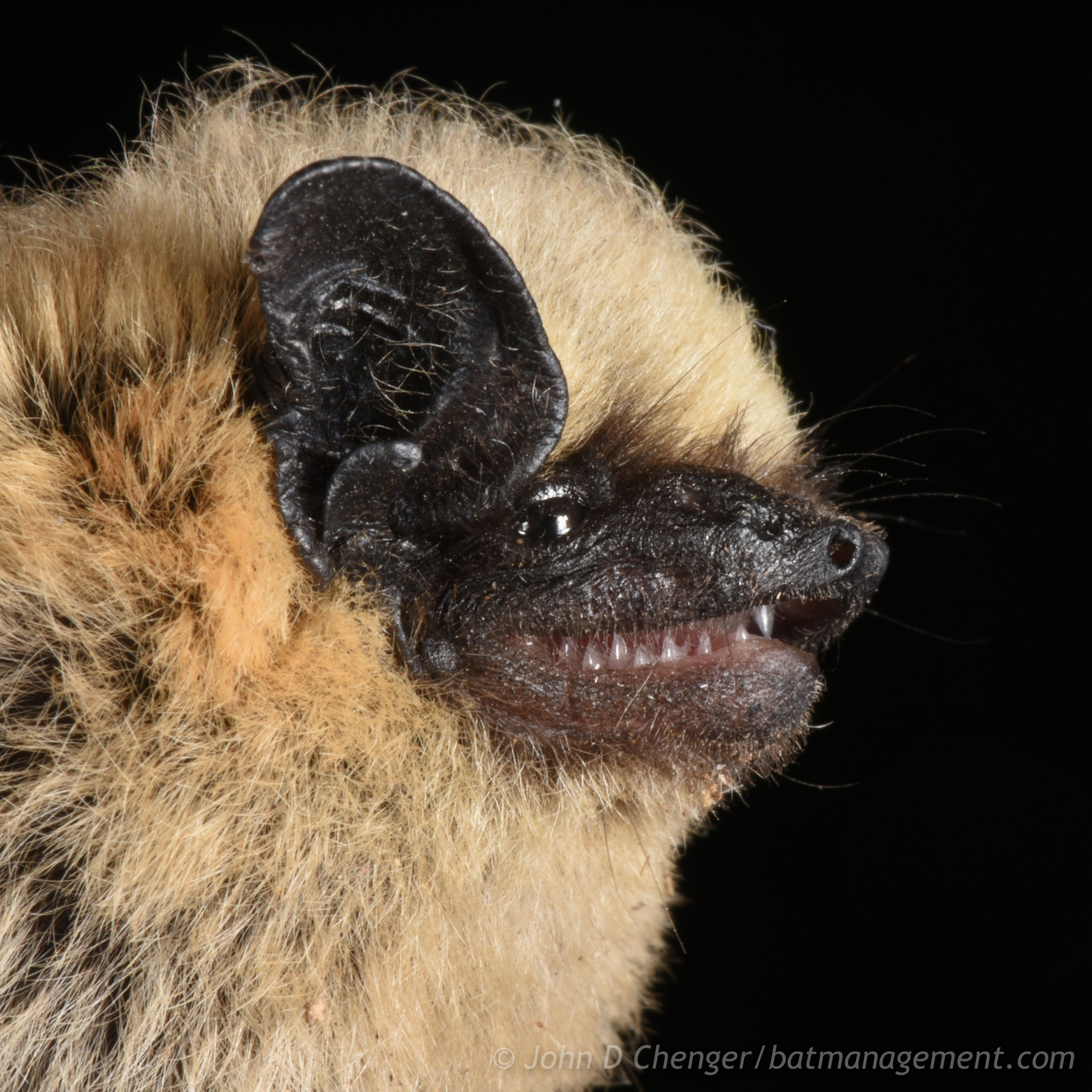
Canyon Bat
Parastrellus hesperus
Canyon bats are found throughout the Western US and Canada.
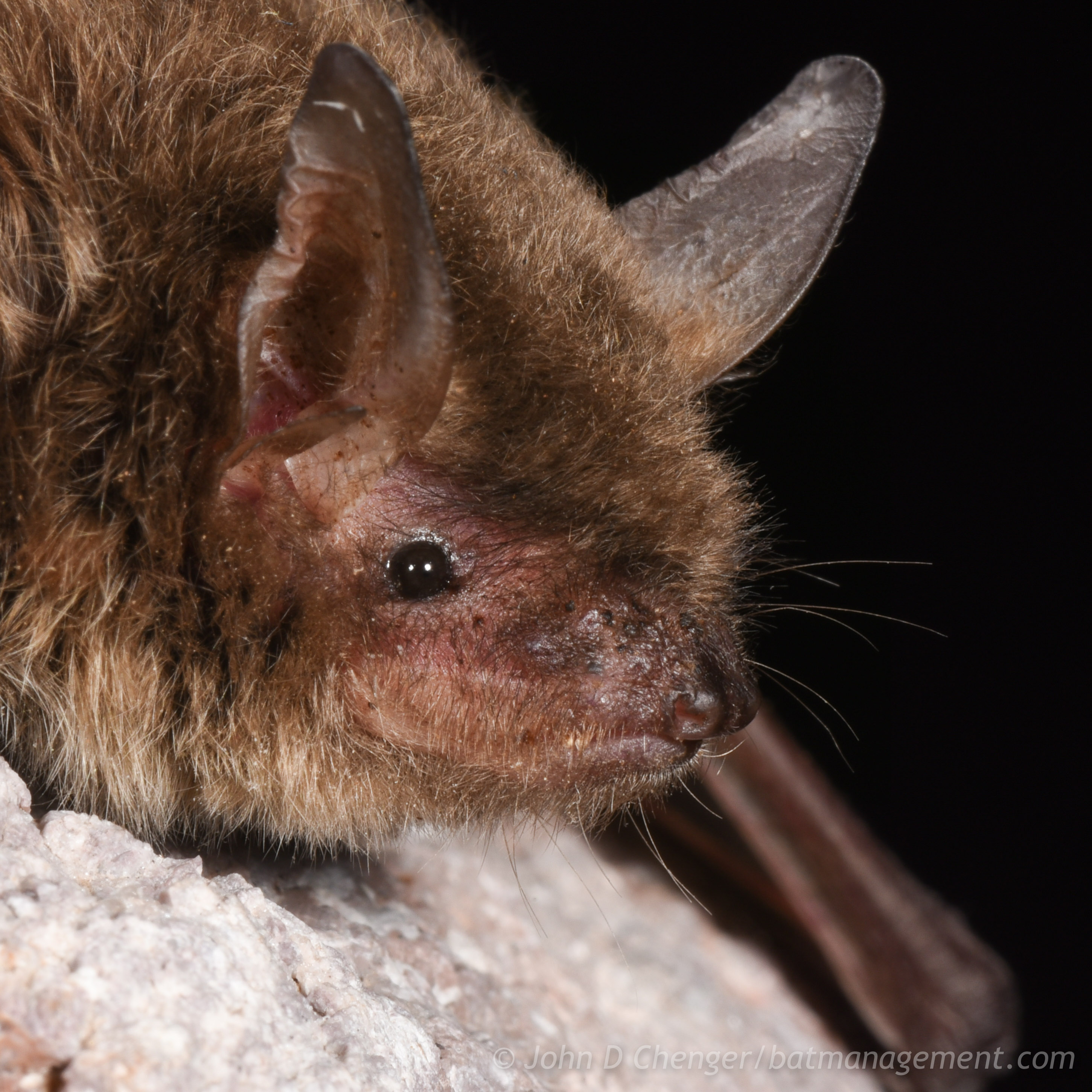
Cave Myotis
Myotis velifer
This bat can form large colonies in TX, AZ, OK, MO, and NM.
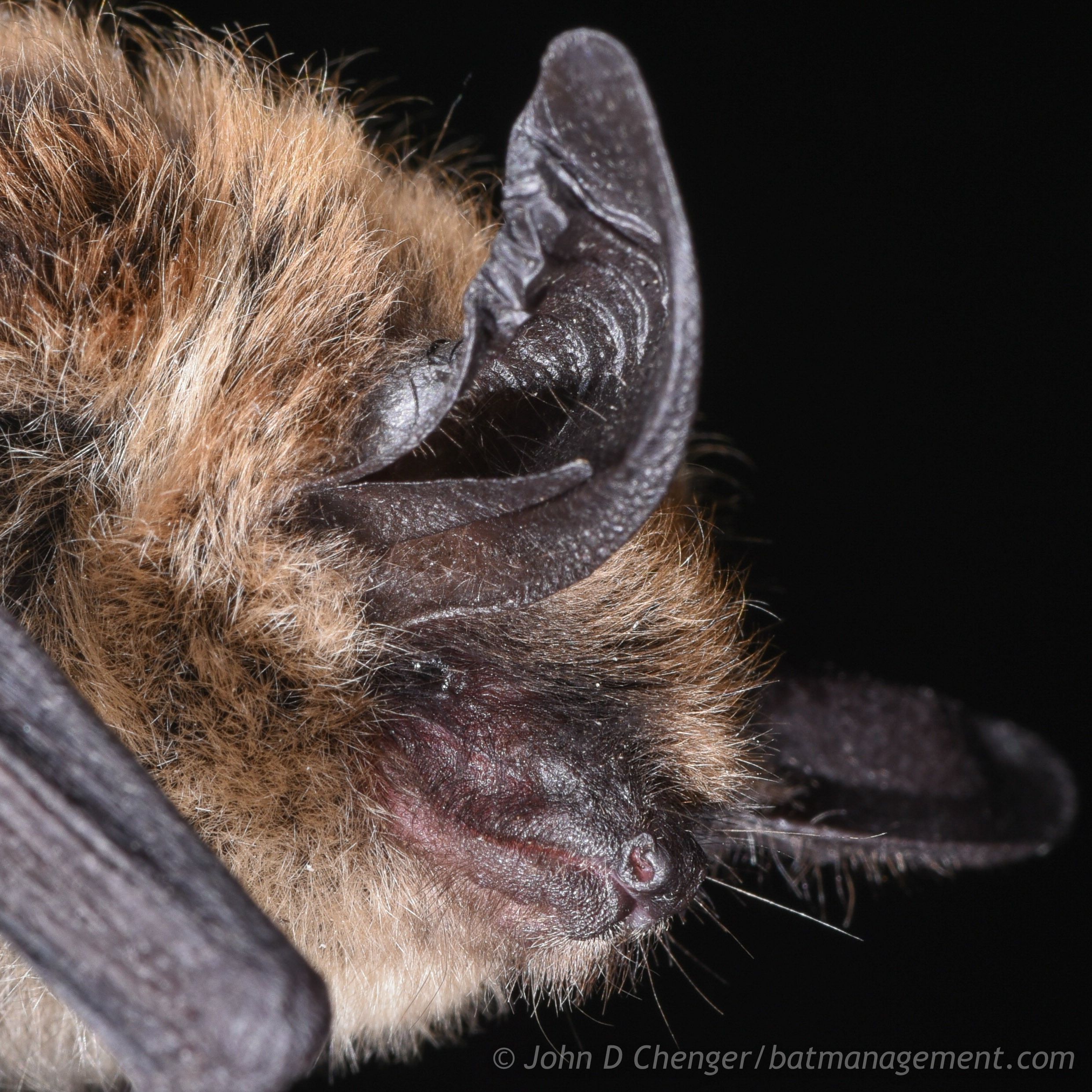
Long-Eared Myotis
Myotis evotis
This bat prefers high-elevation forests in the Western US & Canada.
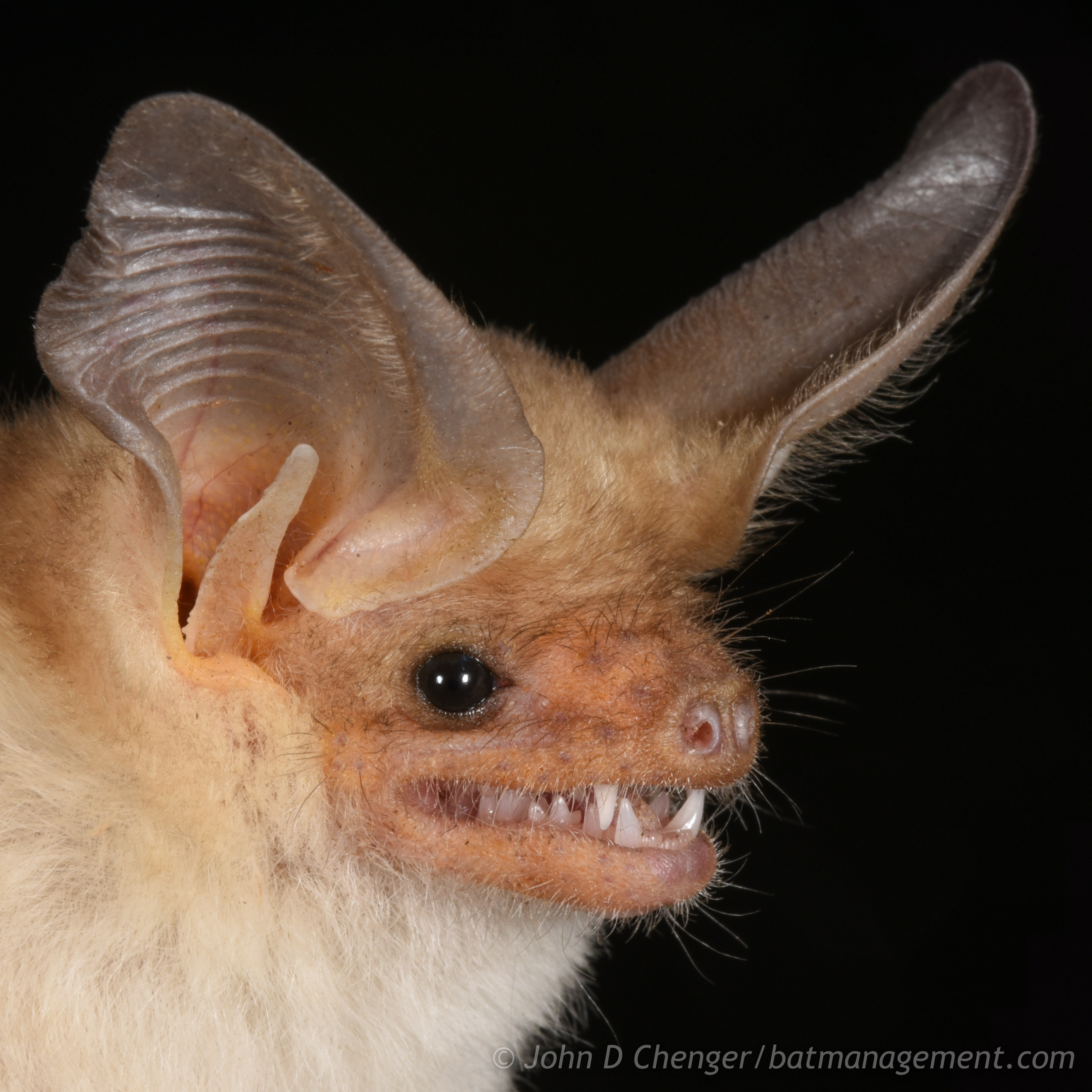
Pallid Bat
Antrozous pallidus
In the Southwest US, this is the scrappiest bat around.
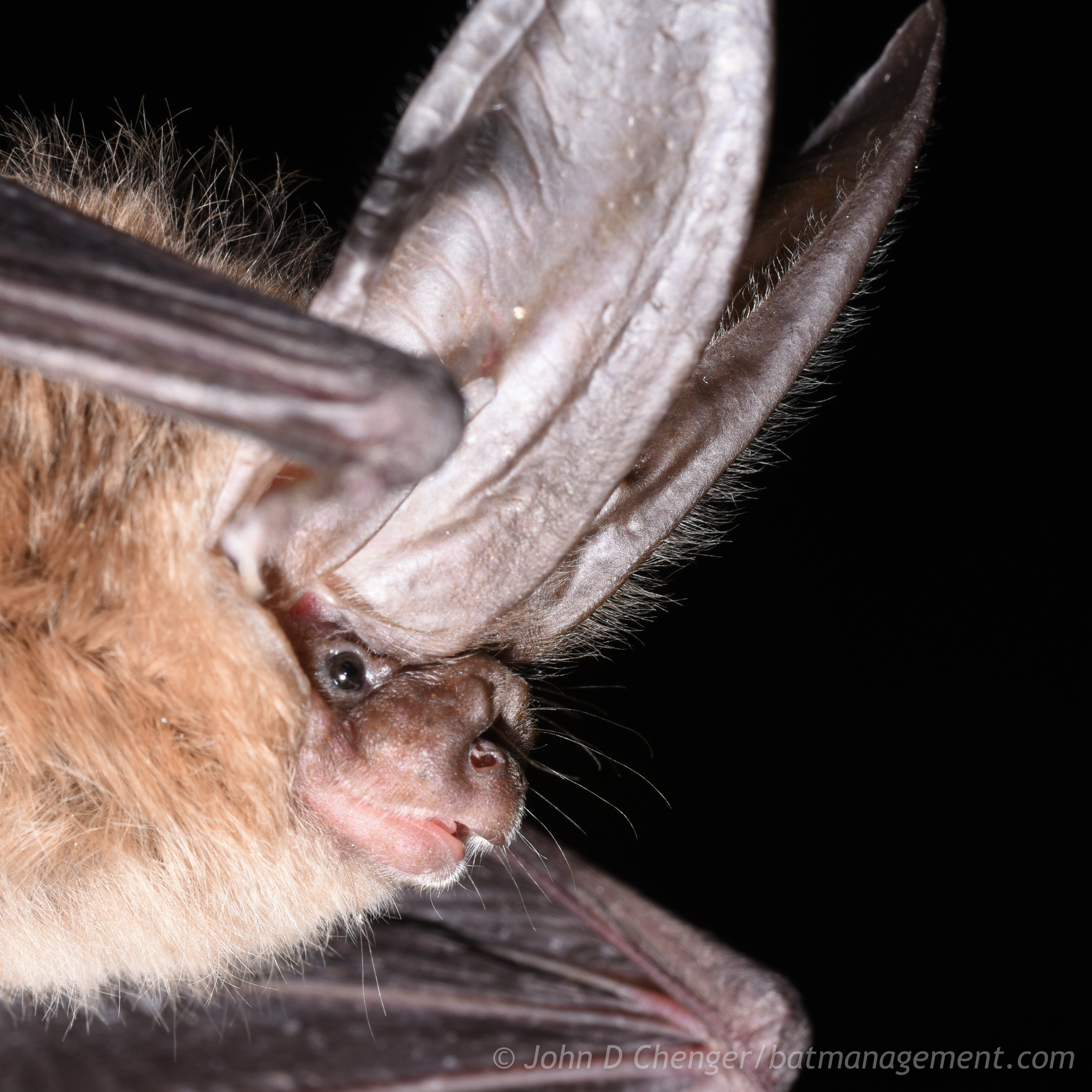
Townsend’s Big-Eared Bat
Corynorhinus townsendii
This bat is found in cave and mine regions of the Western US.
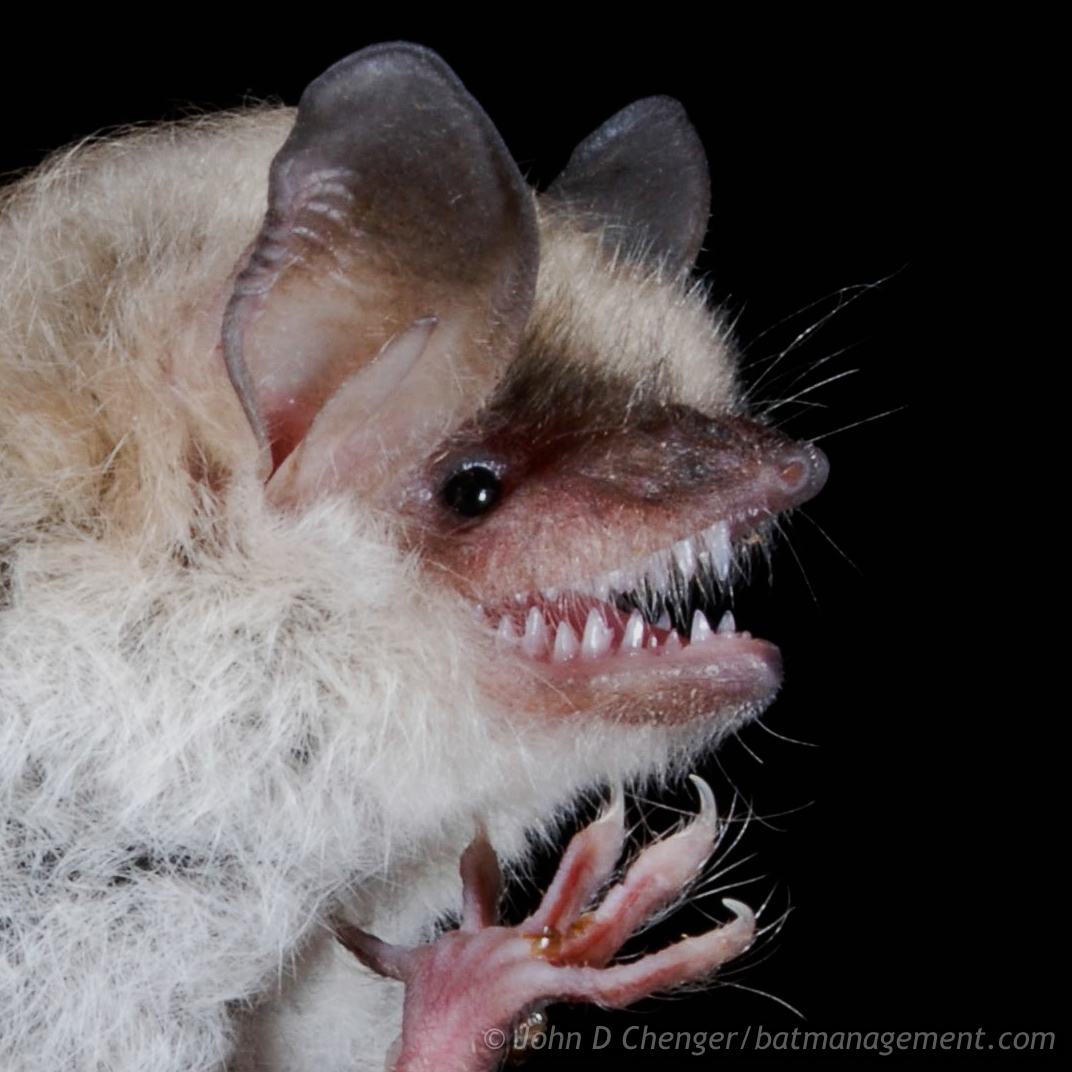
Yuma Myotis
Myotis yumanensis
This bat forms large colonies widspread across Western North America.
BCM's President John Chenger partnered with Merlin Tuttle's Bat Conservation to create this video, drawing from Merlin's unparalleled first-hand experiance with bat conservation worldwide.
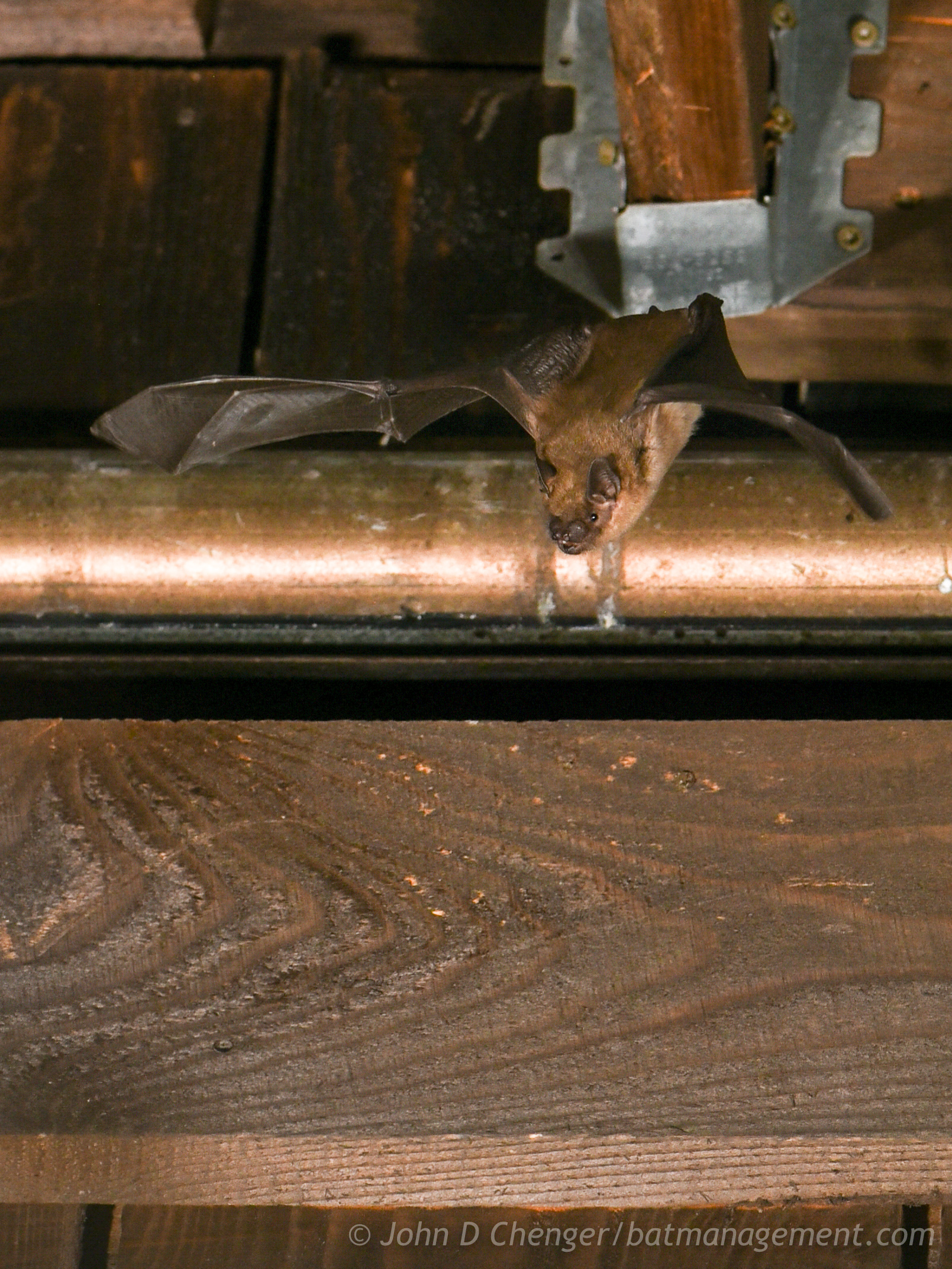
Threats to Bats
Like most wildlife, bats suffer from habitat loss and land conversion. Many natural bat roosts have disappeared as old growth forests have been logged. And managed forests no longer have the stands of ancient trees with roosting features bats need. As a result, some bats move into homes and other man-made structures. But bats often become persecuted out of fear or ignorance as people become intolerant sharing their living quarters with bats.
White-nose Syndrome (WNS)
Even worse, since 2006, hibernating bats have been dying by the millions in the Northeast. They are suffering from a fungal invasion which interrupts their ability to hibernate and causes them to burn their stored fat reserves too quickly in the winter. Thus, they are forced to awaken months before their insect food is available and they end up starving to death on the winter landscape. Many large summer roosts have dwindled to fractions of their former numbers. Bat houses have now become critical refuges to remaining remnant populations.
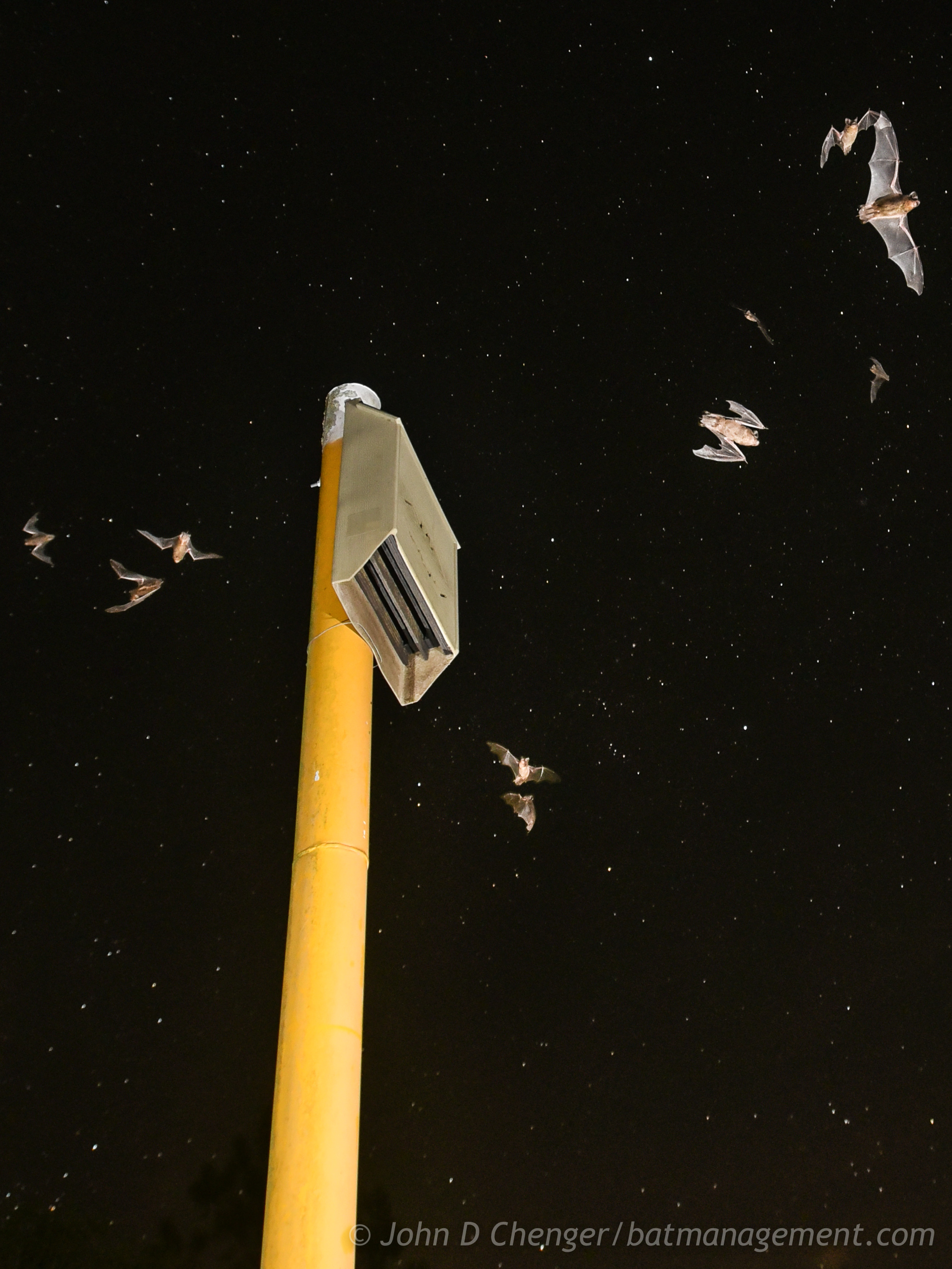
Bats Most Likely to Use Bat Houses
Throughout much of the United States and southern Canada, the little brown myotis and the big brown bat are the most likely species to use bat houses. In the southeast, Mexican free-tailed bats and evening bats are more common. Free-tailed bats are also found throughout the western U.S. They will use bat houses, as will many other myotis species.
In general, any bats that naturally roost in buildings or under bridges are candidates for a bat house. Most bat-house bats are those that prefer “crevice” roosts between 3/4” and 1-1/4” wide. Crevices can be created by “baffles” of plywood stacked together with appropriate spacing. A few species prefer “cavity” roosts instead and are simply looking for large “void” spaces, without baffles.
Successful bat houses are large: they are “tall,” at least 2-3 feet high by 1-2 feet wide and 6” deep, with 3 or more baffles. They also must be “air-tight” with no drafty gaps around the roof and top two-thirds. And, bat houses on poles or buildings are more successful than those on trees.
The following describes many of the species confirmed to use bat houses, but it is by no means an exhaustive list of all potential bat house-dwelling bats.

